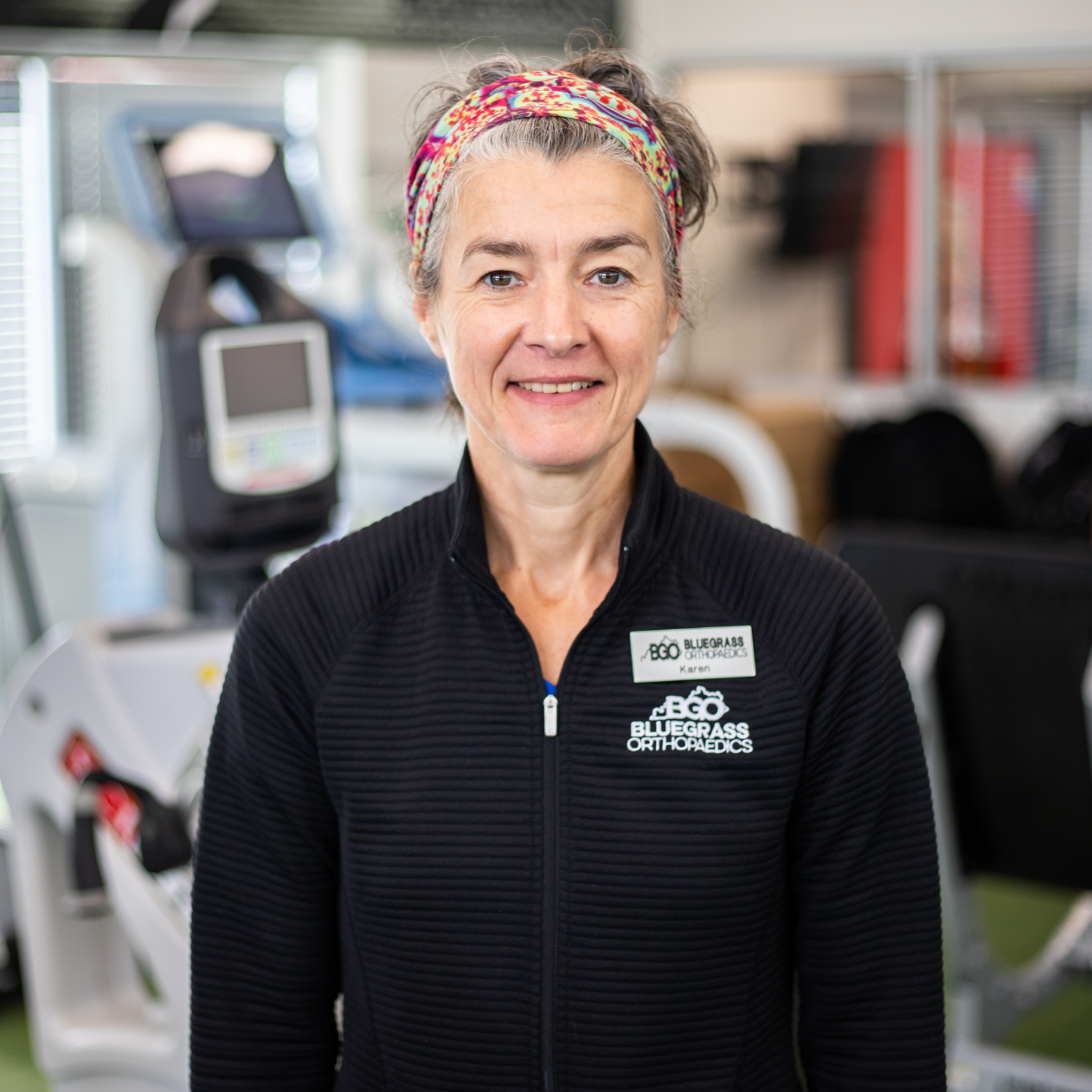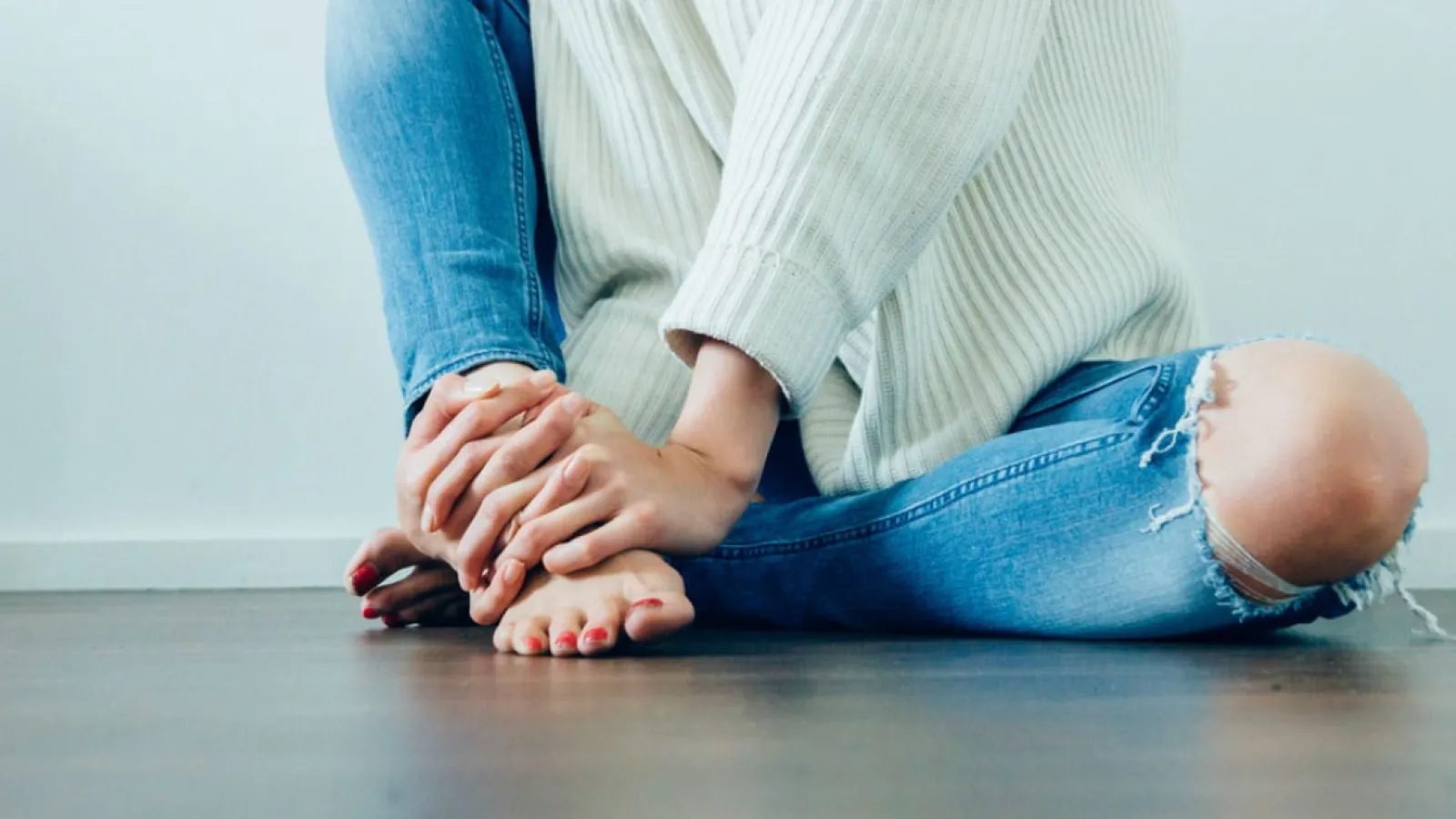Do We Need to Rethink Pain?
The US population has an opioid crisis. The US consumes 80% of the world's opioids but consists of 5% of the world population. If a person takes opioids for 31 days they are 30% more likely to be taking them a year later, if they take them for 8 days they are 13.5% more likely to be taking them a year later. These facts combined with the latest research on pain should have us rethinking.
Pain is a complex topic. You do not need to have tissue damage to have pain and you can have tissue damage without pain. Research on pain indicates that it is an output by the brain. The brain analyses information coming in from the nerves, from the environment you are in, and from analyzing previous experiences. Your thoughts and feelings decide if you need to experience pain. The brain wants to give you the best chance of survival. Think about running along and you twist your ankle, does it hurt? Of course it does. Now you are running across the road and you twist your ankle with a car rapidly approaching. Do you have pain now? No, your brain analyses the environment, your knowledge of fast moving cars and tells you to keep moving to safety. Pain is not going to help you survive at this point in time. The danger of the car passes, now you may experience pain so you go seek the help that you need.
In acute injuries, such as an ankle or finger sprain, we treat the injured tissues, we know the healing time frames for various tissues and people generally get better and the pain goes away. However about 20% of the US population experiences chronic physical pain and about 20% chronic psychological pain such as anxiety or depression. People can get stuck in a cycle of fear and avoidance, they have altered cognition and understanding of how their body works and heals so changes can occur in the brain and the body.
If we think about life in general and how we learn it usually involves a little discomfort or pain. Athletes need to push past the discomfort of going the extra mile or lifting the extra weight to build strength and endurance, too much discomfort and you risk injury, not enough and you don't improve. We need to find that sweet spot. In people with chronic pain it can take a little time and patience to figure out what is going on and what things are going to help. There are 4 main areas that need to be addressed in our approach to pain
- Pain Education
- Aerobic exercise
- Sleep Hygiene
- Goal setting
A comprehensive approach involves way more but you have just started on Pain Education.
About The Author

